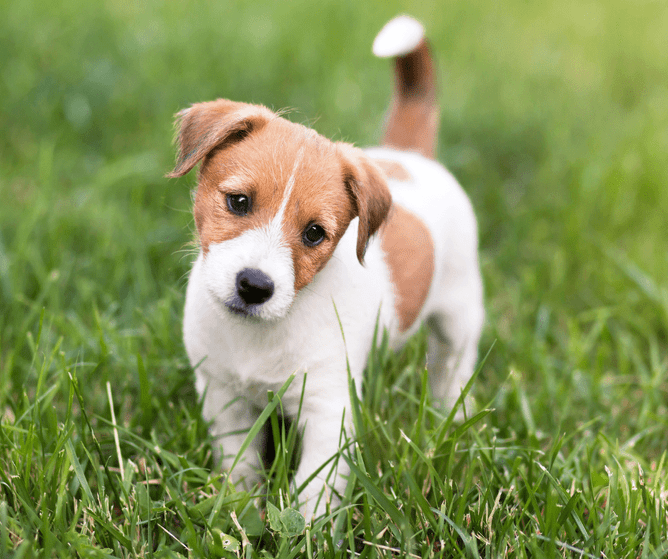What is a Fear Period?
This is when your normally calm or stable puppy freaks out at random things like leaves, objects, or neighbourhood noises. They may be suspicious of strangers and have a high startle response. Some dogs may become shy or timid of things and some may show more active “go away” behaviours such as growling or lunging.
Dogs can go through several fear periods throughout their early lives. Some dogs can sail through these periods with no problems, others may develop unexpected fears.
These periods will depend on individual puppies, but they are more likely to fall:
Between 7-10 weeks of age
Between 6-14 months (typical adolescent period)
They can often be influenced by breed and genetics – for example, guarding breeds are more likely to be suspicious of new people.
What’s going on in the brain?
The primary fear centre in the brain, the amygdala, is enlarged during adolescence, so it makes sense that dogs can be more sensitive to the environment. The brain is essentially ‘under construction’, some parts are still changing and developing, and stress hormones are high.
What if it isn’t a fear period?
Get help sooner rather than later. If you suspect your dog’s behaviour is different to a fear period, or are concerned, get in touch with a qualified trainer sooner rather than later. Behaviours that have only been practiced for short periods are much easier to change than behaviours that have been practiced for months.
How do we support our dog through a fear period?
Don’t force them to ‘face their fears’!
Your dog needs space, time and choice.
Do not lure them with food towards something they find scary.
Do low arousal, feel good activities such as scent games/sniffaris, walks in quiet, calm places.
Support them
Training your puppy through their first or even second fear period is not always enough to get them comfortable for life for the myriad of things they will need to accept.
The good news is with your support and guidance they often grow out of it. It's important to get them out in the world and carefully continue their socialization through gentle exposure to new things.
If your dog is experiencing any fear, regardless of age, please get in contact with us so we can help.
Lindsay, S R (2000) Handbook of Applied Dog Behaviour and Training, Volume One, Adaptation and Learning, Blackwell Publishing

